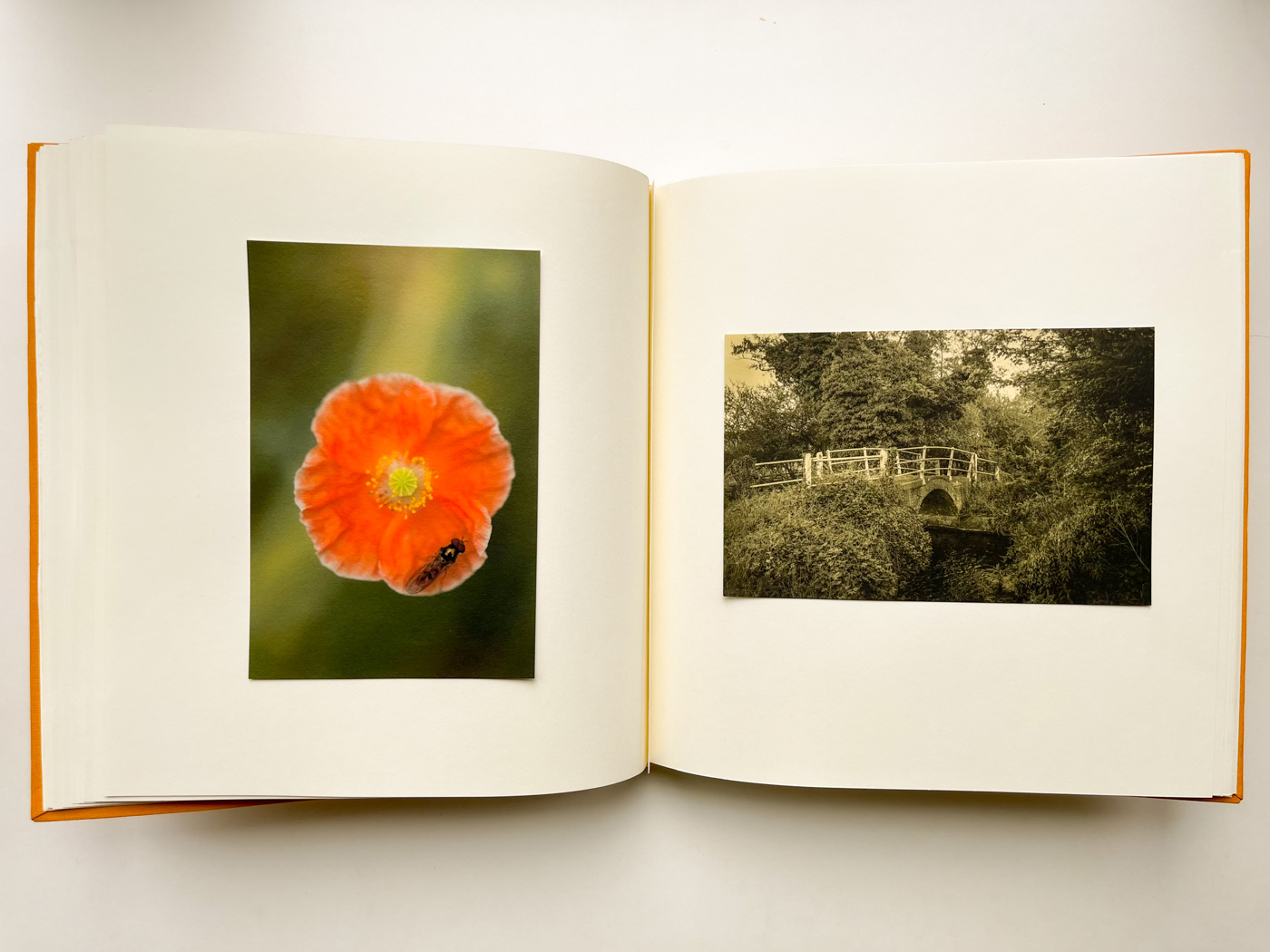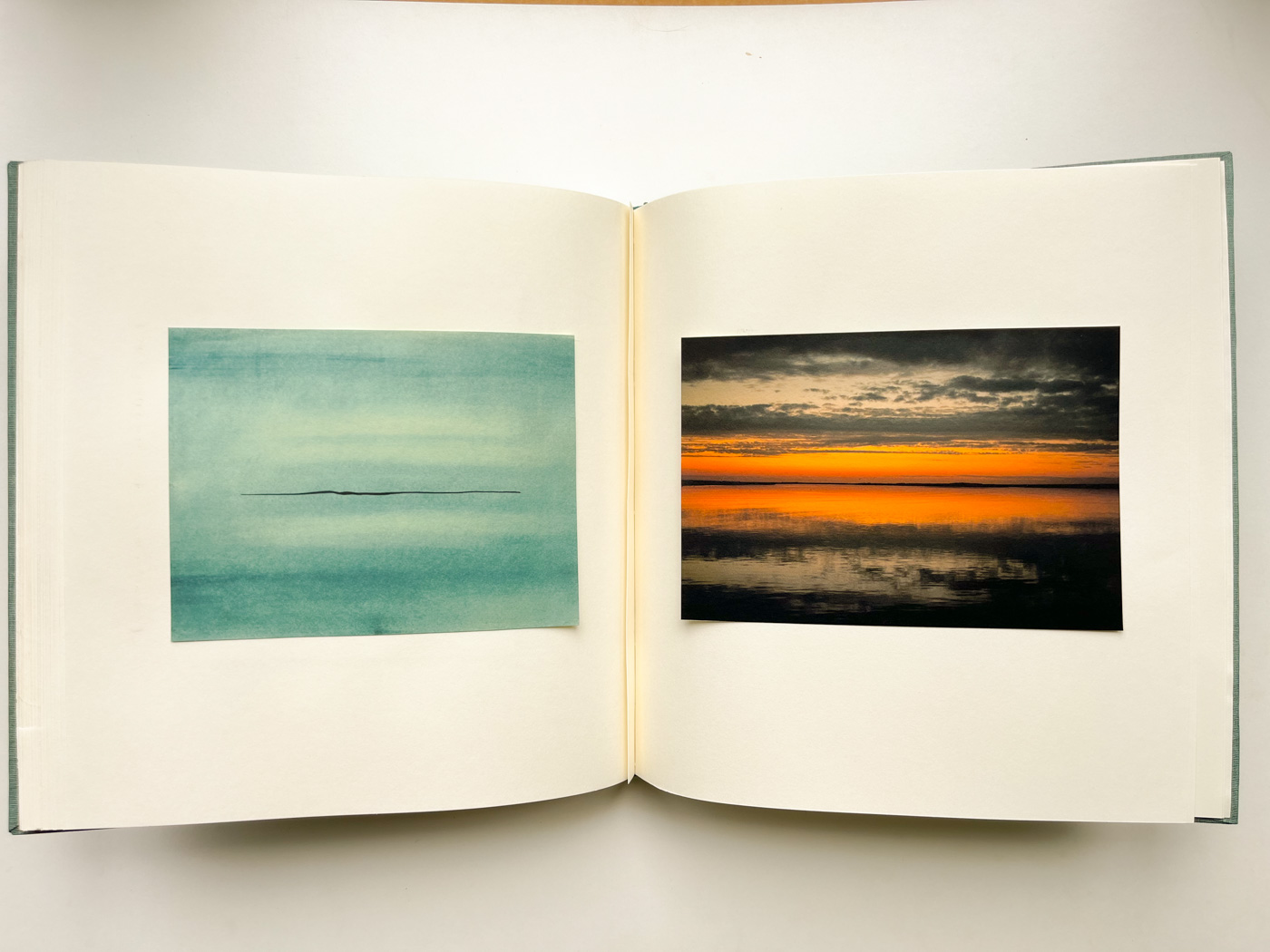
Vision Of An Estuary
4 Albums




Each album has about 60 works



A thousand years ago a Carmalite friary was built on the estuary’s banks.
It would have been a busy commercial hub with strong links to two nearby churches and the village just upstream.
Ships of reasonable size would have come and gone bringing all manner of life to the broad expanse of water that at times must have been like a busy lagoon.
There still exists a ruin of the friary gatehouse but for the most part it is a set of undulating banks in the grassy field. When it’s misty though, and at night, you can’t see the normal delineations of the landscape and it becomes easier to imagine what a landscape it might have been.
![]()
It would have been a busy commercial hub with strong links to two nearby churches and the village just upstream.
Ships of reasonable size would have come and gone bringing all manner of life to the broad expanse of water that at times must have been like a busy lagoon.
There still exists a ruin of the friary gatehouse but for the most part it is a set of undulating banks in the grassy field. When it’s misty though, and at night, you can’t see the normal delineations of the landscape and it becomes easier to imagine what a landscape it might have been.















